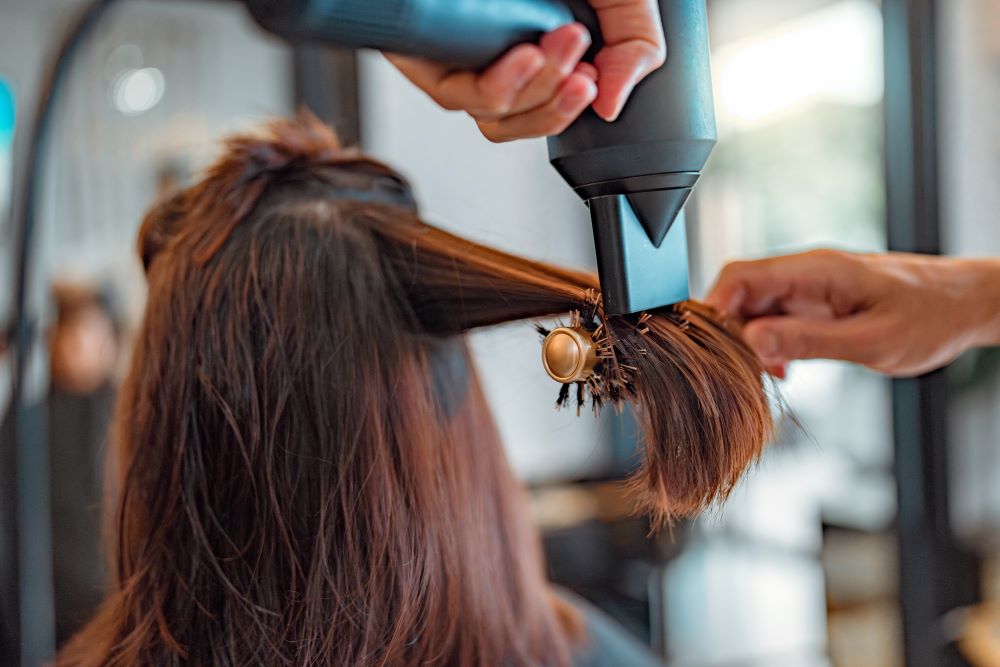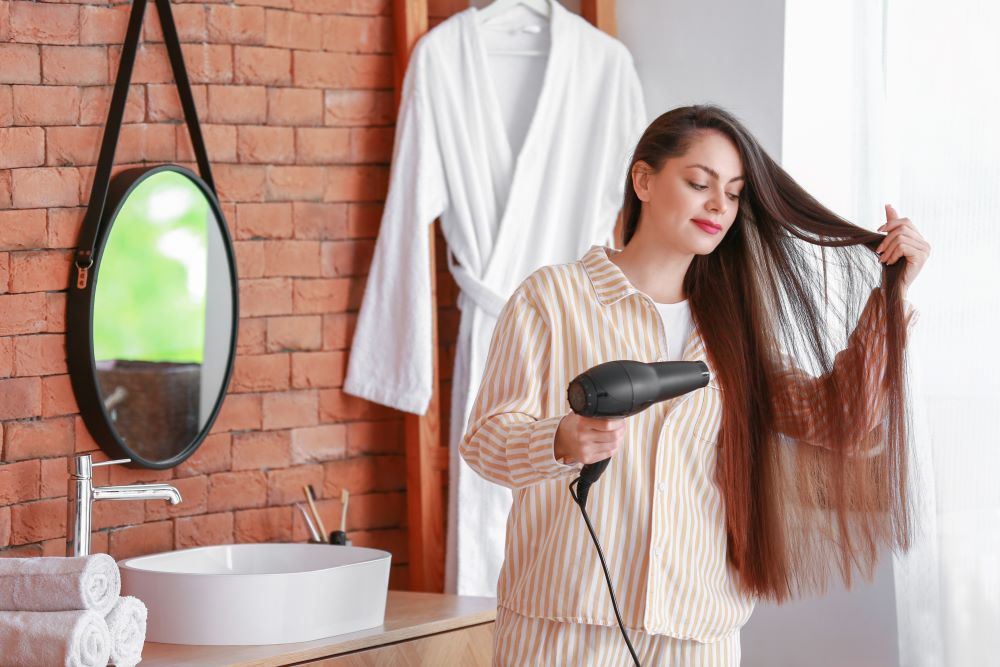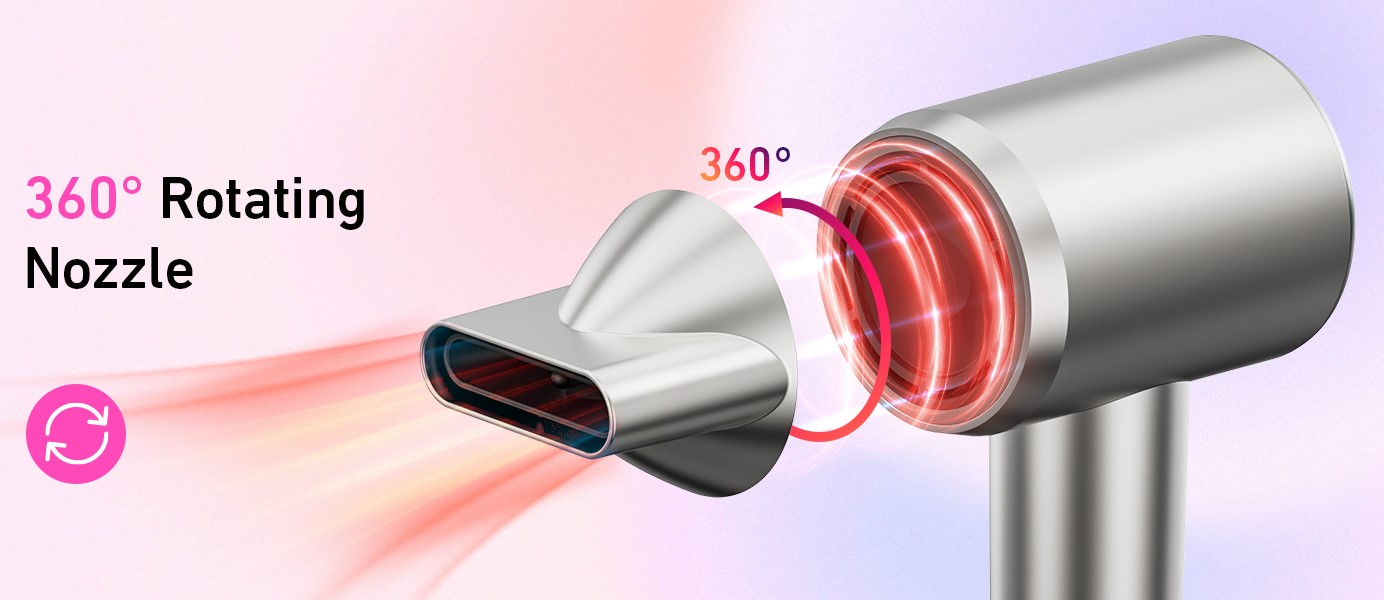
- Home
- Hair Dryer
- Artistic Potential of Hair Dryers: Techniques & Inspirations
Artistic Potential of Hair Dryers: Techniques & Inspirations
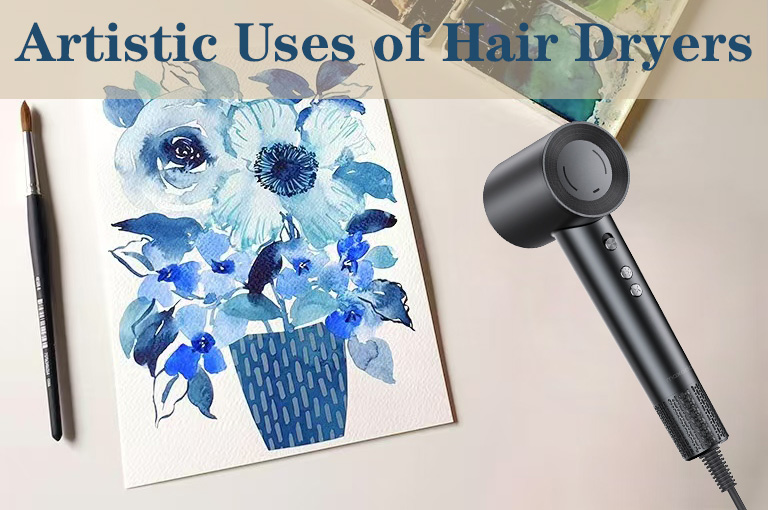
In today’s art world, innovation is crucial. Artists constantly search for new mediums, tools, and techniques to express their creativity and challenge traditional art forms. One such unconventional tool gaining popularity recently is the hair dryer. Originally designed for hair styling, hair dryers are now used in art studios globally, changing how art is created and viewed.
This article explores the unique use of hair dryers in art. We look at different techniques, the benefits of this tool, and its influence on contemporary art. Whether you’re a new artist or a professional, learning how to use hair dryers creatively might inspire you to try this versatile tool in your work.
The Rise of Hair Dryers in Artistic Techniques
In the art world, innovation often comes from reimagining everyday objects, and the hair dryer is no exception. Originally designed for hair styling, the hair dryer has found a unique place in art studios. It has become essential for artists exploring new techniques. Its ability to manipulate various mediums, from paint to wax, has increased its popularity among contemporary artists. These artists seek to create dynamic, fluid, and textured works. This section explores how hair dryers have become a favored tool in several artistic techniques. The tool has transformed the creative process, leading to groundbreaking artworks.
1. Fluid Art: Creating Dynamic Paintings
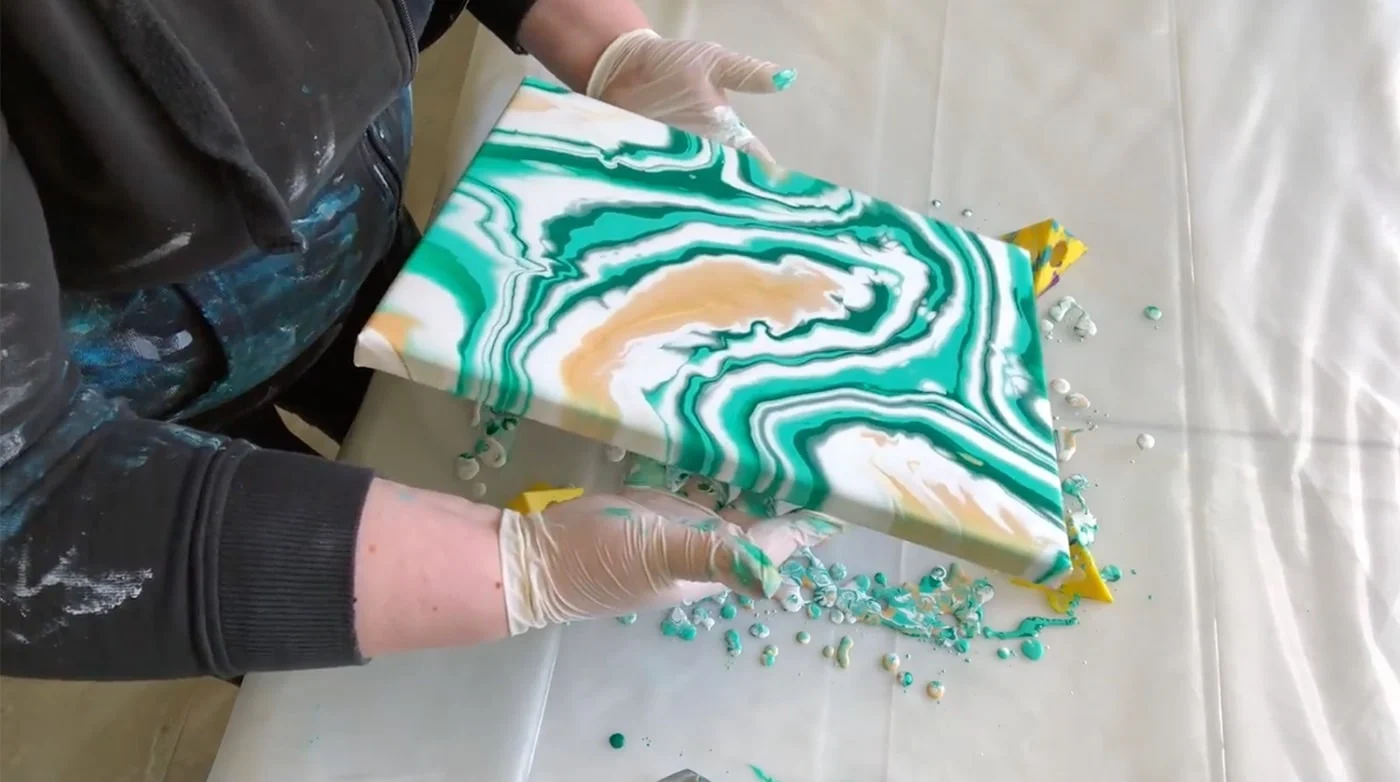
Fluid art, especially acrylic pouring, has become very popular in the past decade. This technique uses highly fluid paints poured, tilted, and manipulated on a canvas to create abstract designs. Introducing hair dryers into this process has revolutionized how artists control color flow and blending, adding precision and creativity to fluid art.
Acrylic Pouring Techniques:
- Directing Flow: One primary use of hair dryers in fluid art is directing the paint’s flow. When paint is poured onto a canvas, the artist uses the hair dryer to blow it across the surface. This creates intricate patterns and gradients. The heat and airflow settings allow fine control, enabling artists to achieve specific effects, such as smooth color transitions or sharp, defined edges.
- Creating Cells: In acrylic pouring, “cells” are small, bubble-like formations that appear when paints of different densities interact. Hair dryers enhance this effect by spreading the paint and exposing the underlying layers, resulting in a more dynamic and visually interesting composition.
- Layering and Swiping: The swipe technique, often combined with pouring, involves layering different paint colors on the canvas. A hair dryer blows the top layer across the surface, revealing the colors underneath and creating a marbled, wave-like effect that adds depth and movement to the painting.
Artistic Freedom:
- Spontaneity and Experimentation: Artists are drawn to fluid art because of its spontaneity. A hair dryer amplifies this by allowing experimentation with different angles, speeds, and heat levels, each producing a unique outcome. No two fluid art pieces are ever the same. The hair dryer ensures every artwork is a one-of-a-kind creation.
2. Encaustic Art: Manipulating Wax with Heat
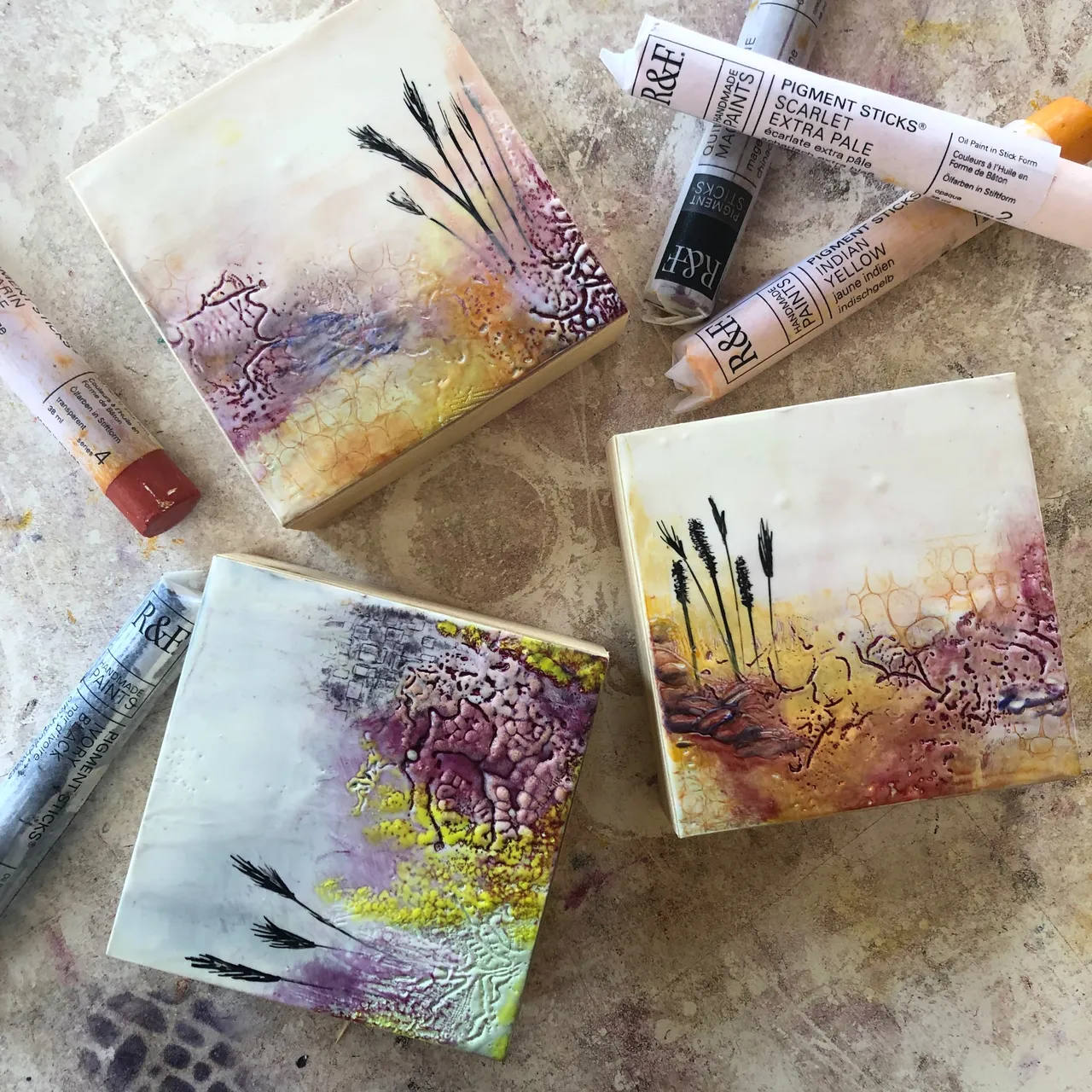
Encaustic painting, an ancient art form using heated beeswax mixed with pigments, has seen a revival with hair dryers. Traditionally, encaustic artists used tools like heat guns or irons to melt and manipulate the wax. However, hair dryers offer a more flexible and accessible option for controlling the medium.
Wax Manipulation:
- Softening and Blending: The heat from a hair dryer is perfect for softening wax, making it easier to blend colors and create smooth transitions. This technique helps artists build up layers of wax, adding texture and depth. The gentle airflow from a hair dryer allows more delicate blending than the harsher heat of a traditional heat gun.
- Creating Texture: By adjusting the heat settings, artists can achieve different textural effects. A higher temperature melts the wax to a more liquid state, allowing it to flow and spread easily. A lower temperature creates a more viscous consistency, perfect for adding texture through brushstrokes or carving into the wax.
Versatility in Design:
- Layering Techniques: Encaustic art’s strength lies in its ability to build up wax layers, each adding depth and complexity to the artwork. Hair dryers facilitate this process by quickly setting each layer, allowing the artist to add more in less time. This technique is effective in creating multi-dimensional pieces that play with light and shadow.
- Controlled Melting: Hair dryers can selectively melt certain areas of the wax, blending and layering. Controlled melting can reveal underlying colors or create interesting textures, adding a dynamic element to the artwork.
3. Resin Art: Achieving a Glass-like Finish
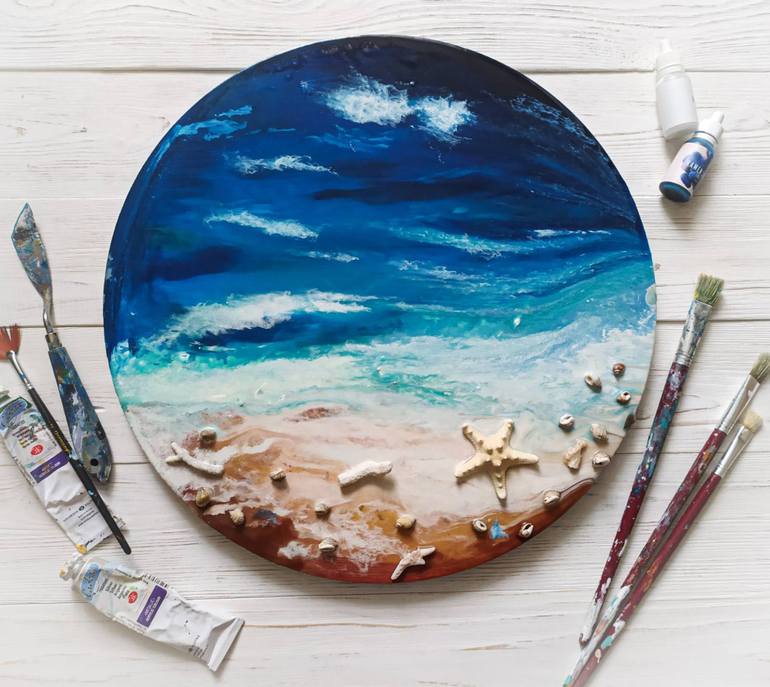
Resin art is known for its glossy, glass-like finish that captures and magnifies colors, textures, and patterns. Hair dryers are crucial in the resin art process, helping artists achieve smooth, bubble-free surfaces and create intricate designs.
Bubble Removal:
- Achieving a Flawless Finish: Air bubbles are a common challenge in resin art and can mar the artwork’s surface. Hair dryers are effective tools for removing bubbles. The heat and airflow cause bubbles to rise to the surface and pop, leaving a smooth, clear finish. This technique is essential for the pristine, glass-like appearance resin art is known for.
Creating Movement:
- Manipulating Resin Flow: Hair dryers help create movement within the resin, especially in abstract or fluid resin art. By carefully directing the airflow, artists move the resin across the surface, creating swirls, waves, and flowing patterns. This manipulation adds a dynamic quality to the artwork, making it appear as though the resin is in motion even after setting.
- Layering and Depth: Like encaustic art, resin art often involves layering different colors and textures. Hair dryers help set each layer quickly, allowing artists to build the artwork without long waiting times between layers. This layering technique creates a sense of depth, with different resin layers appearing to float above or below one another.
Experimentation and Innovation:
- Pushing Artistic Boundaries: Using hair dryers in resin art encourages experimentation with new techniques and effects. By varying the angle, speed, and temperature of the hair dryer, artists achieve a range of results, from subtle gradients to bold compositions. This freedom to experiment has led to innovative resin art styles that continue evolving as more artists explore this versatile tool’s possibilities.
The Benefits of Using Hair Dryers in Art
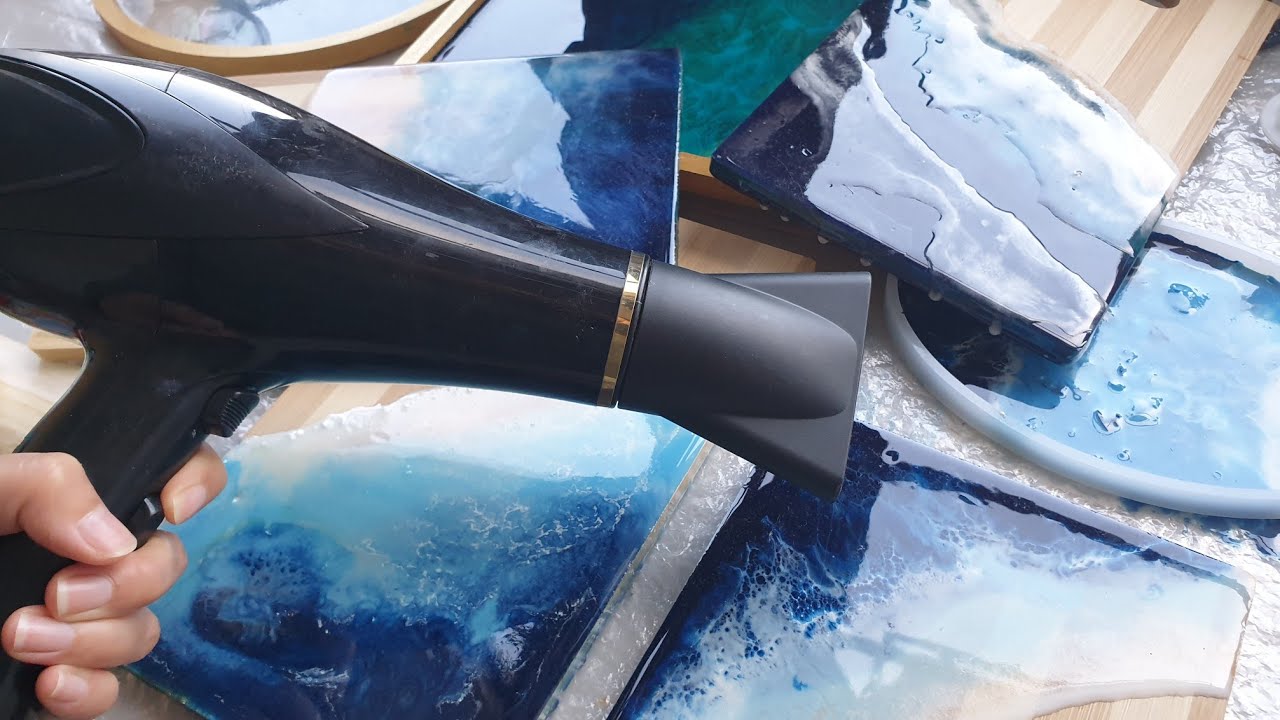
The application of hair dryers in art is not just about convenience. It also offers numerous benefits that enhance the creative process and improve the quality of the final artwork.
1. Enhanced Control and Precision
Using a hair dryer in art provides a significant level of control. Artists can adjust the speed and heat settings to manipulate their medium with precision. This allows for effects that are difficult to achieve with traditional tools.
- Variable Speed Settings: Different speed settings help artists control airflow intensity. This is crucial when working with delicate materials like paint or wax. A low setting might be used for subtle blending, while a high setting can create bold, dramatic movements.
- Temperature Control: The heat generated by a hair dryer can change the consistency of the medium, making it easier to manipulate. For example, in encaustic art, a higher temperature softens the wax for blending, while a lower temperature might be used for adding fine details.
2. Accessibility and Versatility
Hair dryers are widely accessible and affordable, making them excellent tools for artists of all skill levels. Unlike specialized art tools, which can be expensive and hard to obtain, hair dryers are readily available in most households.
- Affordable Art Tool: For beginners, investing in expensive equipment might not be feasible. A hair dryer offers a budget-friendly alternative with a wide range of creative possibilities.
- Versatility Across Mediums: Hair dryers can be used with various art mediums, including acrylics, resin, and wax. This versatility makes them valuable additions to any artist’s toolkit, whether working on canvas, wood, or other surfaces.
3. Speeding Up the Creative Process
Hair dryers can significantly speed up the creative process. The heat and airflow can help dry paint, resin, or wax faster, allowing artists to work more efficiently and complete projects sooner.
- Faster Drying Times: In fluid art and resin work, drying times can be lengthy, slowing down the creative process. Using a hair dryer can expedite this process, enabling artists to move on to the next stage without long waits.
- Layering Techniques: For artists who build layers in their work, quick-drying capabilities are invaluable. By speeding up the drying process, artists can add multiple layers in a single session, creating complex, textured pieces.
The Impact of Hair Dryers on Contemporary Art
The integration of hair dryers into artistic practices has had a profound impact on contemporary art, influencing both the techniques used by artists and the way their work is perceived by audiences.
1. Expanding the Boundaries of Traditional Art Forms
The use of hair dryers has expanded the possibilities of traditional art forms such as painting and sculpture. By introducing an element of unpredictability and spontaneity, artists can create works that are more dynamic and expressive.
Abstract Expressionism: The fluidity and movement achieved with a hair dryer align closely with the principles of abstract expressionism, a movement characterized by spontaneous, gestural marks and the use of non-traditional tools. Artists like Jackson Pollock, who famously used unconventional methods to create his drip paintings, would likely have appreciated the creative potential of hair dryers.
Interactive Art: Some contemporary artists have taken the use of hair dryers a step further by incorporating them into interactive installations. In these works, the audience is invited to manipulate the artwork using a hair dryer, creating a collaborative and ever-changing piece.
2. Encouraging Experimentation and Innovation
The versatility of hair dryers encourages artists to experiment and explore new techniques, leading to innovative works that challenge the norms of the art world.
Cross-disciplinary Art: The use of hair dryers has led to the creation of cross-disciplinary art that combines elements of painting, sculpture, and performance. Artists are no longer confined to traditional categories, as the hair dryer allows them to blend different mediums and techniques seamlessly.
Art as Process: The emphasis on the process rather than the final product is a key aspect of contemporary art. Hair dryers, with their ability to create unpredictable and fluid effects, align with this concept, as the artist’s interaction with the tool becomes an integral part of the artwork itself.
3. Accessibility and Democratization of Art
The widespread availability of hair dryers has contributed to the democratization of art, making creative expression more accessible to a broader audience.
DIY Art Movements: The rise of DIY art movements, where individuals create art with everyday objects, has been fueled in part by the use of tools like hair dryers. These movements emphasize creativity over technical skill, encouraging people to experiment with new techniques and materials.
Online Art Communities: Social media platforms and online communities have played a significant role in popularizing the use of hair dryers in art. Artists share their techniques and creations, inspiring others to try their hand at fluid art, resin work, and more. This sharing of knowledge has fostered a sense of community and collaboration among artists worldwide.
Case Studies: Artists Who Use Blow Dryers in Their Work
To further understand the impact of blow dryers on the art world, let’s explore several contemporary artists who have incorporated this tool into their creative process.
Callen Schaub: Spin Art with Dynamic Motion
Callen Schaub is a Canadian abstract artist renowned for his “Spin Art” series. He uses various unconventional tools, including blow dryers, to create his art. Schaub combines centrifugal force and directed airflow from blow dryers to manipulate paint on rotating canvases. This technique creates vivid and energetic artworks that are both spontaneous and controlled.
Technique: Schaub applies paint onto a rotating canvas and uses a blow dryer to influence the paint’s direction and flow. The movement generated by the dryer, combined with the spinning of the canvas, creates intricate, flowing patterns. These patterns convey a sense of motion and chaos, resulting in a unique fusion of abstract art. Schaub’s innovative use of the blow dryer allows him to explore new dimensions in spin art.
Nancy Reyner: Resin Art with Fluid Dynamics
Nancy Reyner is an American artist who specializes in resin art. She uses blow dryers to control the flow and blending of resin on canvas. Her works are known for their luminous surfaces and fluid dynamics. She achieves these effects through the careful manipulation of resin and paint, making her pieces both captivating and dynamic.
Technique: Reyner pours layers of resin and acrylic paint onto a flat surface. She then uses a blow dryer to manipulate the resin’s flow and texture. By varying the airflow and heat settings, she can create complex designs with depth and fluidity. This results in a mesmerizing visual effect that resembles water or liquid metal. Reyner’s method demonstrates how blow dryers can be used to create stunning resin art.
Deby Coles: Interactive Fluid Art Creations
Deby Coles, a popular fluid artist and instructor, often incorporates blow dryers in her interactive workshops and demonstrations. Her approach to art is both educational and experimental. She allows participants to engage directly with the medium and the tools, including blow dryers, to achieve unique and personalized pieces.
Technique: In her workshops, Coles demonstrates how to pour and spread paint onto canvas. She then uses a blow dryer to create various patterns and textures. This interactive method not only teaches fluid art techniques but also highlights the role of blow dryers in achieving different artistic effects. By altering paint flow and viscosity, participants learn how to use blow dryers creatively. Coles’ workshops are an excellent example of how this tool can be used to explore fluid art in an engaging way.
Conclusion: Embracing the Creative Potential of Hair Dryers
The use of hair dryers in art showcases the limitless creativity and innovation that shape contemporary art. From fluid art and encaustic painting to resin work and interactive installations, hair dryers have become versatile tools. They significantly enhance artistic expression by offering new ways to manipulate mediums. As artists continue to explore and experiment with this unconventional tool, the possibilities for its use in art are truly endless.
Whether you are a professional artist looking to expand your creative toolkit or a beginner eager to try new techniques, incorporating a hair dryer into your practice can open up exciting new avenues for artistic exploration. This tool provides unique opportunities to create dynamic effects and explore different artistic styles. So, grab a hair dryer, let your creativity flow, and discover where this unexpected tool can take you in your artistic journey.
By embracing the creative potential of everyday objects like the hair dryer, artists challenge the norms of the art world. They push the boundaries of what is possible, inspiring others to think outside the box and explore new artistic possibilities. With continued innovation and experimentation, the future of art with hair dryers looks bright and full of creative potential.
Popular Post

Ultimate Guide to Using a Hair Dryer with Nozzle for Styling
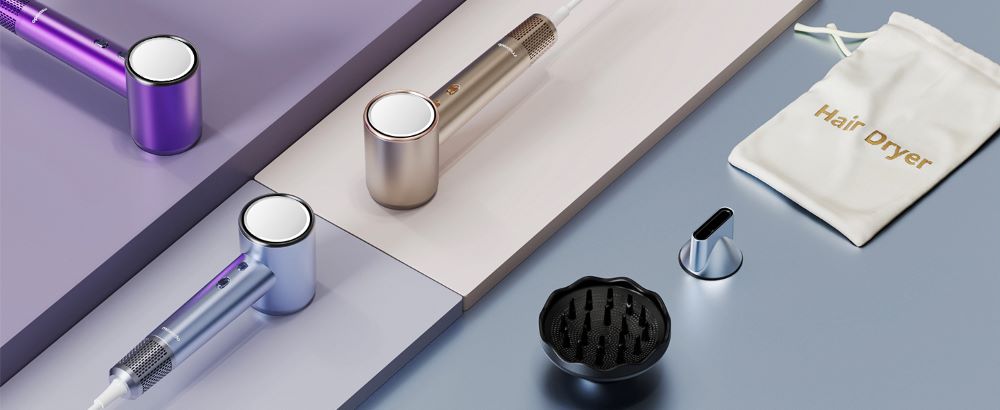
The Benefits of Using a Hair Dryer with a Diffuser
